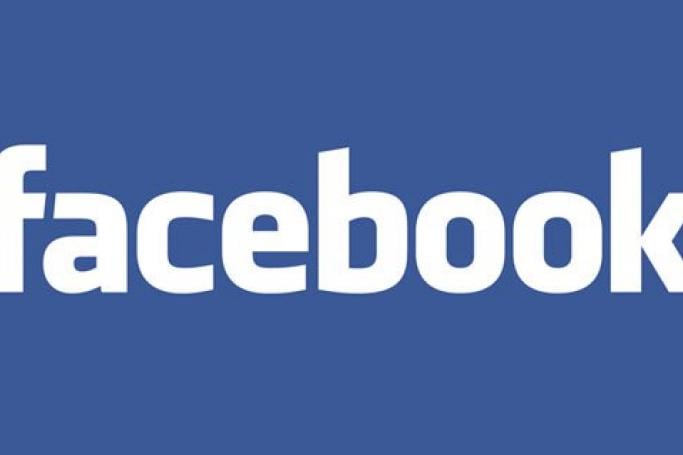Facebook is supposed to bring people together. But it can be divisive and problematic. We only have to look at recent incidents to see how it can incite hatred, anger or misunderstandings.
It is unclear who was behind the posting of a map showing Myanmar having taken over Bangladesh on the official Facebook page of the Myanmar Air Force last week. The graphic showed both Myanmar and Bangladesh in red with the Myanmar flag superimposed on them. The accompanying text urged the Myanmar people to strike Bangladesh before it was too late. It was posted on February 20 and was taken down on February 25. Needless to say, it generated a furore among Bangladeshi social media users who commented harshly and shared the incendiary graphic. Then there’s the case of freelance photographer Ko Aung Nay Myo, who was detained by the authorities after posting a satirical photoshopped photo that mocked President U Thein Sein. Police confirmed that he was charged on February 28 for having violated the 1950 Emergency Provisions Act, the Associated Press news agency reported. He faces seven years in jail if found guilty. A complaint letter from the police accused Ko Aung Nay Myo of “harming, deterring and disturbing” the functions of government. There are indications he was targeted for his political activism.Eventually he was released after three days of questioning on March 2 without charge.
There was also the high-profile case in December after the newly-opened VGastro bar in Yangon posted what was regarded by many as an inappropriate image of the Buddha on a promotional flyer for a special event. The three owners of the bar, including New Zealander Phil Blackwood, are on trial on charges of insulting religion. All three have said they had no intention of insulting or damaging the country’s main religion, Buddhism.
And then there are the daily slanging matches that play out through the pages of Facebook where religious, ethnic and racial slurs are cast with abandon, further stirring unease in some communities in multi-religious and multi-racial Myanmar. Facebook has complaint mechanisms and a code of conduct but is unable to effectively police or censor insulting or inciting posts. Some Facebook pages may be taken down by the company if there is a complaint. This can be infuriating for Facebook account owners if they find their page taken down for little or no reason. Facebook and other forms of social media are revolutionising how people communicate. This is particularly true in Myanmar. Internet reach is expanding rapidly and 3G and 4G phones will soon allow people to login to their Facebook pages in the far-flung corners of the country.
Social media is proving a blessing and a curse. It comes with no instruction manual or guidance regarding etiquette and practice. If there is a code of conduct it is hidden away in the fine print that nobody reads. After all, the social media companies want people to sign up and do not want to deter people with a daunting set of rules.
In addition, many people fail to recognise that inappropriate photos – posted for their friends or the world to see - may come back to haunt them later in life.
It comes down to society to offer guidance on how people use social media, just as some would argue etiquette rules need to be applied to the use of mobile phones and tablets in public.
One group that is reaching out to its peers is the anti-hate speech movement, Panzagar. It campaigns on a slogan of replacing hate speech with “panzagar”, or “flower” speech. The Panzagar movement was started by well-known blogger U Nay Phone Latt in early 2014 to promote the responsible use of the internet. Supporters of the movement have distributed pamphlets in major cities reminding the public that aside from “draconian censorship” the other threat to free speech is “irresponsible and hateful speech.” Panzagar deserves applause for its gentle and courageous campaign to create a more tolerant Myanmar. Its campaign is a powerful model for the responsible use of the internet. More need to follow its example.
You are viewing the old site.
Please update your bookmark to https://eng.mizzima.com.
Mizzima Weekly Magazine Issue...
14 December 2023
Spring Revolution Daily News f...
13 December 2023
New UK Burma sanctions welcome...
13 December 2023
Spring Revolution Daily News f...
12 December 2023
Spring Revolution Daily News f...
11 December 2023
Spring Revolution Daily News f...
08 December 2023
Spring Revolution Daily News f...
07 December 2023
Diaspora journalists increasin...
07 December 2023
Cambodian PM Hun Sen arrives in Myanmar to meet junta leaders












